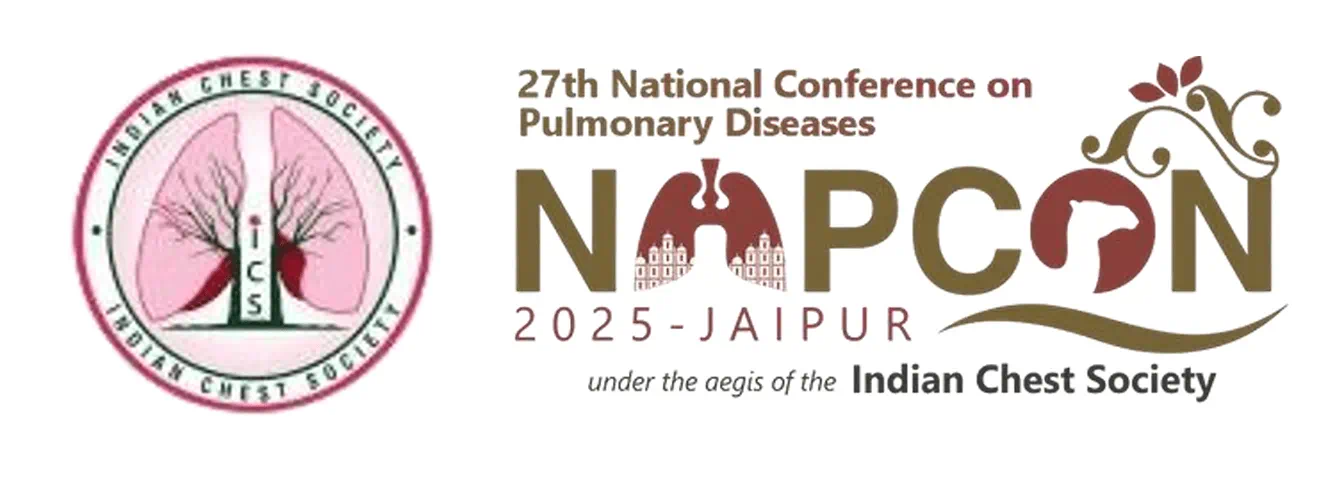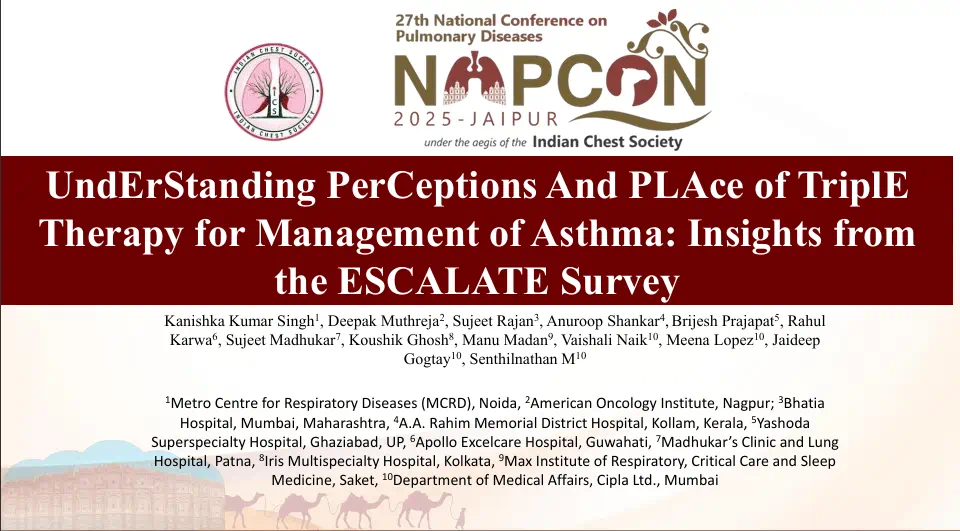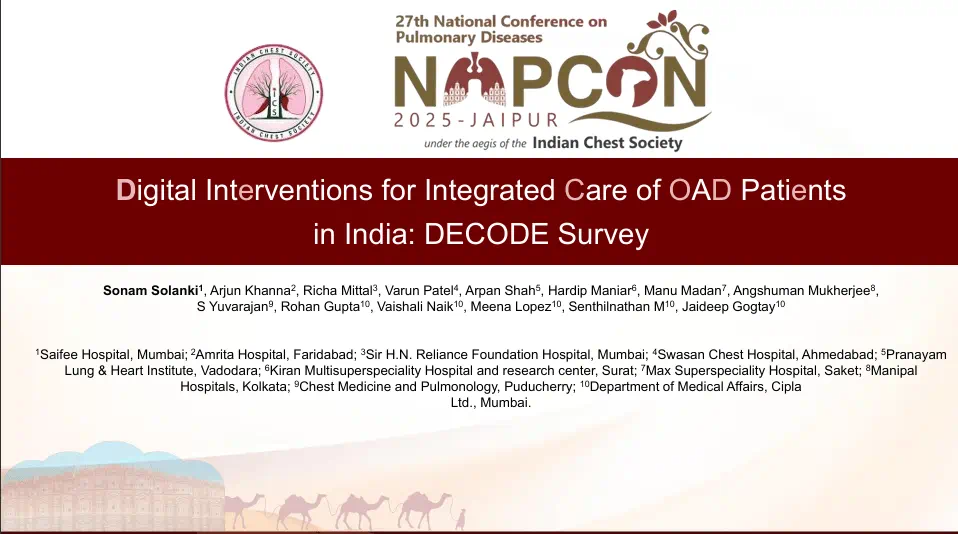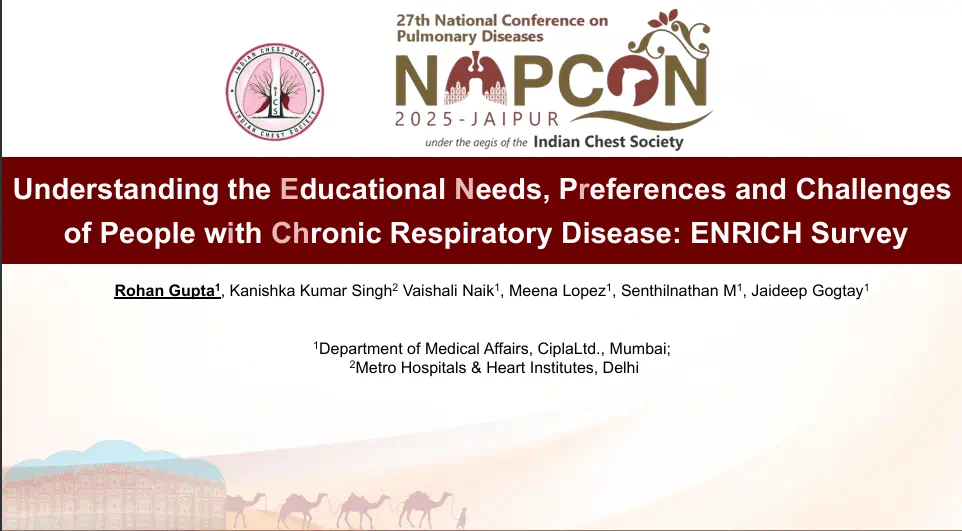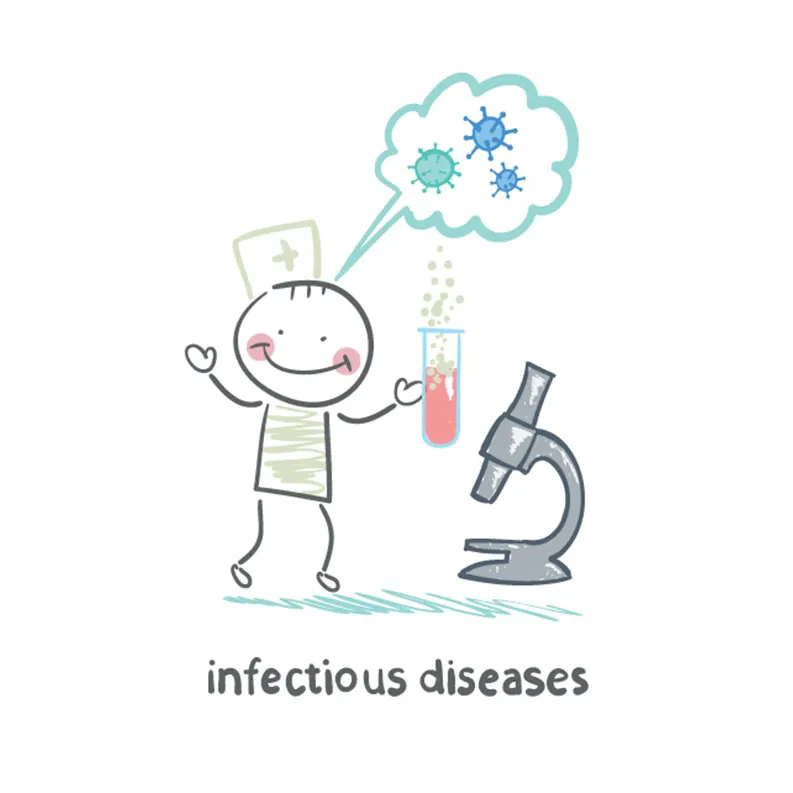Clindamycin Comparable to Amoxicillin/Clavulanic Acid in Pharyngotonsillitis
27 Aug, 24
Introduction
Antimicrobials like clindamycin and amoxicillin/clavulanic acid are clinically effective in pharyngotonsillitis caused by group A beta-hemolytic streptococci (GABHS) in which an increasing rate of treatment failure has been observed with penicillin and other beta-lactam antibiotics.
Aim
To compare oral clindamycin with oral amoxicillin/clavulanic acid for their clinical and bacteriologic efficacy and tolerability in the outpatient treatment of acute recurrent GABHS pharyngotonsillitis.
Patient Profile
- 774 patients (12 to 60 years of age) with acute recurrent GABHS pharyngotonsillitis
Method
Study Design
- International, multicenter, randomized, investigator-blinded, prospective study
- Patients were randomly assigned to receive oral clindamycin 300 mg BID or oral amoxicillin/clavulanic acid 1 g (875 mg amoxicillin/125 mg clavulanic acid) BID for 10 consecutive days
Endpoints
- Primary end points: clinical and bacteriologic efficacy assessed on day 12, and clinical and bacteriologic recurrence rates assessed up to 3 months after treatment completion
- Secondary end point: tolerability
Results
Efficacy
- Clindamycin achieved significantly higher clinical cure rates as compared to amoxicillin/clavulanic acid therapy (92.6% vs. 85.2%, resp., P<0.003) at day 12 (Figure 1)
- A comparable bacteriologic eradication was achieved with clindamycin (97.9%) and amoxicillin/clavulanic acid (94.4%) in the patients at day 12
- At 3-month follow-up, similar clinical cure and bacteriologic eradication was achieved with clindamycin (95.4% and 99.2%) and amoxicillin/clavulanic acid (95.7% and 99.6%) was achieved
Figure 1: Comparison of the effects of clindamycin and amoxicillin/clavulanic acid therapy on study endpoints
Safety
- Both clindamycin and amoxicillin/clavulanic acid treatments were well tolerated
- Adverse events were reported in 13.8% patients in the clindamycin group and 10.5% patients in the amoxicillin/clavulanic acid group
- The most commonly reported adverse events involved the digestive system, mainly diarrhea (8.6% in the clindamycin group vs. 5.6% in the amoxicillin/clavulanic acid group)
- No serious adverse events were reported during the study
- No adverse events required early termination of treatment
Conclusion
- Clindamycin achieved significantly greater clinical cure rates at day 12 in patients with acute recurrent GABHS pharyngotonsillitis
- Both clindamycin and amoxicillin/clavulanic acid achieved comparable rates of bacteriologic eradication at 12 days and 3 months and comparable clinical cure rates at 3 months
Clin Ther. 2006; 28: 99-109


